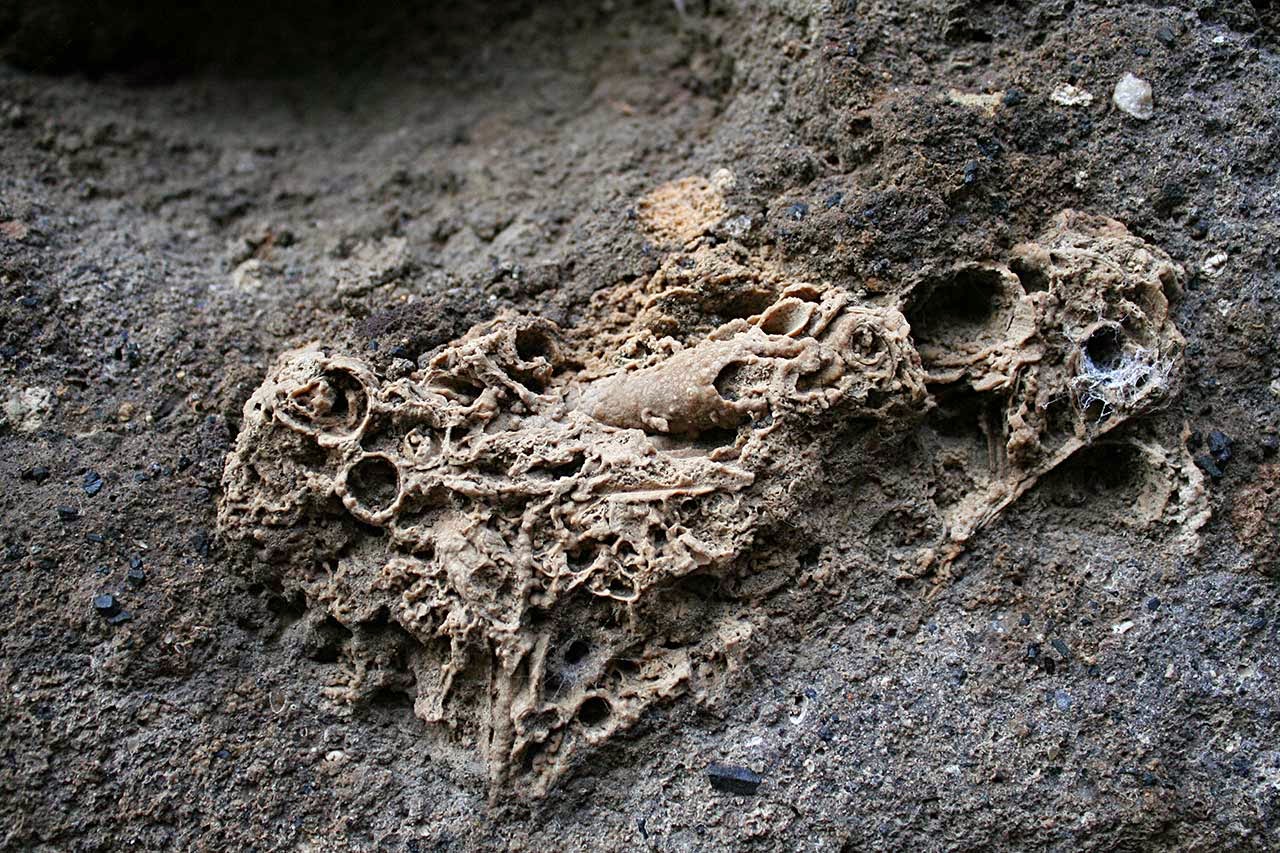Monday, June 30, 2014
Thaumatorsaurus Marine Reptile Stamp
Here is a picture of the Thaumatosaurus victor marine reptile stamp. It was issued in 1965 by the small republic of San Marino (located on the Italian peninsula). The stamp was part of collection of nine issued that year.
The Thaumatosaurus victor was named in 1841 by the German palaeontologist Hermann von Meyer. His specimen was found in the Posidonia Shale of Holzmaden, Germany. The genus Thaumatosaurus ("wonder reptile") has been renamed Meyerasaurus in honor of Hermann von Meyer. The creature existed in the early Jurassic Period (183-180 mya).
Sources:
http://en.wikipedia.org/wiki/Hermann_von_Meyer
http://en.wikipedia.org/wiki/Meyerasaurus
http://en.wikipedia.org/wiki/Rhomaleosaurus
Labels:
germany,
jurassic,
marine reptile,
san marino stamp,
stamp
Sunday, June 29, 2014
Elephas antiquus Tooth Fossil at Roma Italy
Here is a picture of an elephant tooth fossil housed in a display case at the Geologia building located on the campus of Sapienza University of Rome. The case can be found on the second floor of the building. The fossil is called Elephas antiquus and lived during the Pleistocene. The paleontology museum is on the 3rd floor of this building and houses a full skeleton of this ancient animal.
The university was founded in 1303 by Pope Boniface VIII. In 1870, it became a public university for the state of Italy.
Sources:
http://www.uniroma1.it/ateneo/chi-siamo/la-storia
Labels:
elephant,
italy,
pleistocene,
rome,
sapienza university of rome
Saturday, June 28, 2014
Erycites Fossil at Sapienza Università di Roma
Here is a picture of a fossil housed in a display case at the Geologia building located on the campus of Sapienza University of Rome. The case can be found on the second floor of the building. The ammonite fossil is called Erycites sp. and lived in the Lower to Middle Jurassic Period. The specimen was found in the Toarcian stage of the Umbro-Marchigiano-Sabina facies of central Italy near the village of Polino.
The university was founded in 1303 by Pope Boniface VIII. In 1870, it became a public university for the state of Italy.
Sources:
http://www.uniroma1.it/ateneo/chi-siamo/la-storia
http://tetide.geo.uniroma1.it/dst/grafica_nuova/pubblicazioni_DST/geologica_romana/Volumi/Vol%2016/GR_16_263_283_Nicosia%20et%20al.pdf
Friday, June 27, 2014
Pseudofossils at Pompeii Italy
When visiting the ruins of the ancient Roman city of Pompeii, study the details of some of the rocks that make up the walls. Some appear to be clusters of tube like shapes that resemble fossils. There are quite a few of these rocks to see in the numerous walls throughout the ruins.
What I would like to know is how did they form?
Are they a byproduct of the eruption of Mount Vesuvius?
UPDATE: I think these specimens are travertine (limestone concretions with remains of plant stems). They are not from the volcano. It would be nice to know where they originated though.
Example of walls found in the ruins at Pompeii.
What is left of some Roman columns at Pompeii.
Labels:
italy,
pompeii,
pseudofossil,
Roman,
volcano
Thursday, June 26, 2014
Fossils at San Gimignano Italy
My visit to Italy was mostly a vacation just to relax so I did not do much research to find museums or fossil/mineral sites to visit. I read that it is illegal to collect fossils in Italy and their museums have some odd schedules about being open. That said, I did keep my eyes open to geological features at places we stopped to visit. One town we spent a few hours at was San Gimignano, Italy.
One of the walls had a stone block that had some fossils in it. The fossil I could see was a small gastropod calcite fossil about 2 cm in diameter. The rest of the brown block had broken shell fragment fossils.
A nearby stone in the same wall had an interesting pattern on it. Could it be volcanic in origin?
Near the wall were olive trees, here is picture of some baby olives.
Here is a panoramic view from San Gimignano of the surrounding countryside:
I found a small shop that sold jeweler and some mineral and fossil specimens. It is called Mirone Alabastri (53037 San Gimignano, Firenze). The fossils they sold were ammonites found in Madagascar. I did find some mineral specimens from Italy there that seemed unique.
Here is a dark quartz crystal in matrix from the quarries at Monterigginoi near Siena. Learn more about the locality here: http://www.mindat.org/loc-125546.html
This green mineral might be malachite. The specimen was found at Serrabottini Massa Marittima in Grosseto Province of Tuscany Italy. Learn more about this locality here: http://www.mindat.org/loc-64651.html
The last mineral picture is a piece of galena from unknown locality.
Labels:
galena,
gastropod,
italy,
malachite,
minerals,
monteriggioni,
quartz,
san gimignano,
serrabottini,
tuscany
Wednesday, June 25, 2014
Ammonite in Venice Italy
Here is a picture of an unidentified ammonite fossil. It was found embedded in a step at the Piazza San Marco in Venice, Italy. My guess is this might be limestone from the region around Verona Italy. That area is known for its ammonite fossils found in building materials. According to this flickr web page, there are paving stones quarried in the Alps known as "Ammonitic Red" or "Nodular Limestone of Verona" from the Jurassic Period (see https://www.flickr.com/photos/greenriver/357717233/). The ammonite fossil I came across was documented in 2012 in this blog along with some more ammonite fossils found Venice: http://ytaba36.wordpress.com/2012/03/08/ammonites/
The step is in front of a coin and stamp shop called Degani S.A.S. di Montanari G. & C. (S. Marco 79, 30124 Venezia).
In a related note, they had some dinosaur and reptile stamps for sale in the display window. More about these in a future blog post.
Here is a picture of San Marco Square in Venice Italy.
Learn more about ammonite fossils in Italy:
Fossil Museum in Bolca: http://www.tourism.verona.it/en/enjoy-verona/art-and-culture/monuments-and-sights/fossils-museum-in-bolca
Fossil Museum in Bolca: http://www.veronissima.com/sito_inglese/html/tour-museums-natural-history.html
Quarry in Verona: http://ramkitten.squidoo.com/ammonitic-limestone-verona-italy
Subscribe to:
Comments (Atom)


























